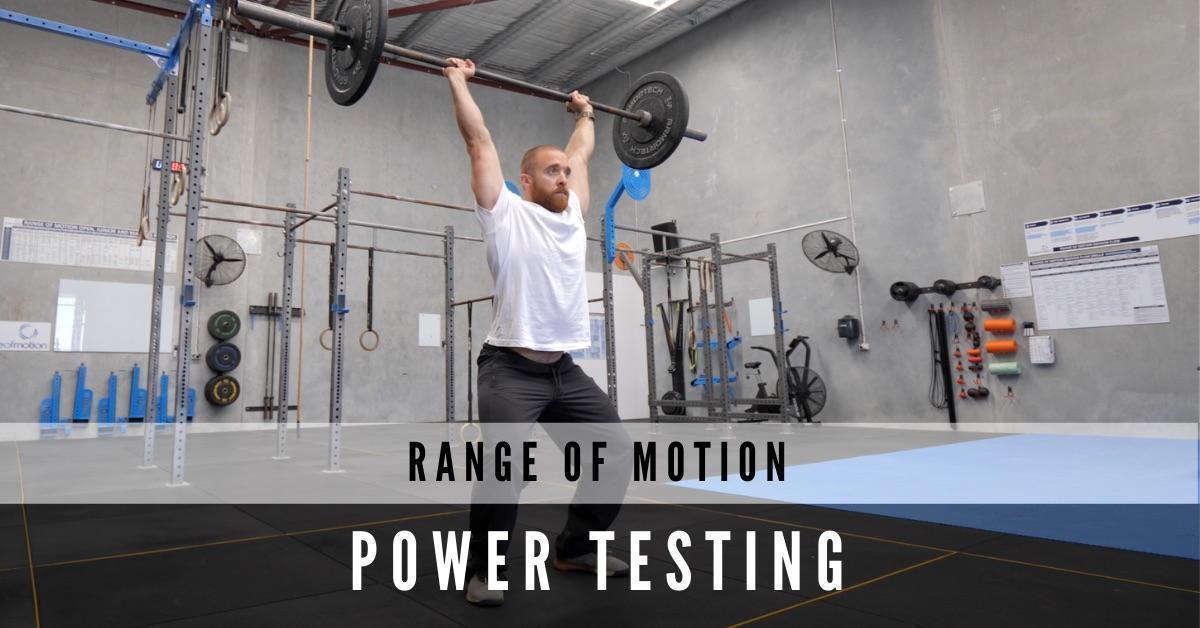We use the following tests, which offer a comprehensive snapshot of power across various movement patterns. All tests can be completed in the same session if desired.
Test: Peak wattage in five ski strokes.
What it tests: Hip flexion, trunk flexion, shoulder extension and elbow extension power.
Procedure:
- Set the ski erg with the damper on ‘five’, and ‘watts’ as the units.
- Complete five strokes within ten seconds (ensuring you don’t reach the limit of the rope at the end of each stroke).
- Record the highest number the ‘watts’ got to during the five strokes.
- Rest until you’ve recovered (120 seconds plus).
- Repeat the test twice more.
Result to record: Highest score over the three attempts.
Test: Max height jump squat.
What it tests: Lower limb anterior chain power.
Procedure (view a video description of this test):
- With hands on waist, and feet in a squat stance, sit onto a 35cm/14 inch box. Ensure a video camera is set up in front of the box, with a clear video of the feet. Set camera to record at 60 frames per second.
- With a vertical torso, pause for three seconds.
- After three seconds, jump as high as possible. Rocking forward before the jump is permitted as long as the ‘rock’ and the jump are completed in one movement. Land with straight legs (before absorbing shock) in the same position you jumped from.
- Import the video into the ‘Coach’s Eye’ app. Insert the onscreen timer on the final frame the feet are in contact with the ground. Record the total flight time at the first frame the feet are back in contact with the ground.
- Rest until you’ve recovered (60 seconds plus).
- Repeat the test twice more.
Result to record: Highest score over the three attempts.
Test: One rep max push jerk.
What it tests: Upper body pressing power.
Procedure:
- Find a one rep max push jerk.
- For the repetition to count, the lift must be a ‘legal’ lift, that is, there can be no ‘press out’. This will ensure we’re testing pressing power, and not pressing strength.
- As heavy as possible without technique break down.
Result to record: Heaviest weight lifted.
Test: One rep max hang power clean.
What it tests: Lower body posterior chain and upper body pulling power.
Procedure:
- Find a one rep max hang power clean.
- For the repetition to count, the lift must begin above the knee, and the receiving position must be no wider than the individual’s standard squatting width. The bar can be received anywhere above a full depth squat.
- As heavy as possible without technique break down.
Result to record: Heaviest weight lifted.





